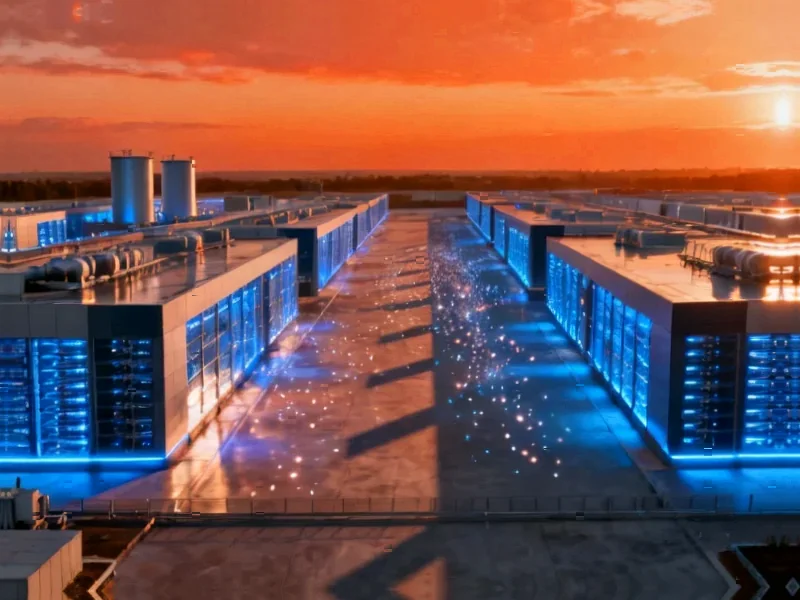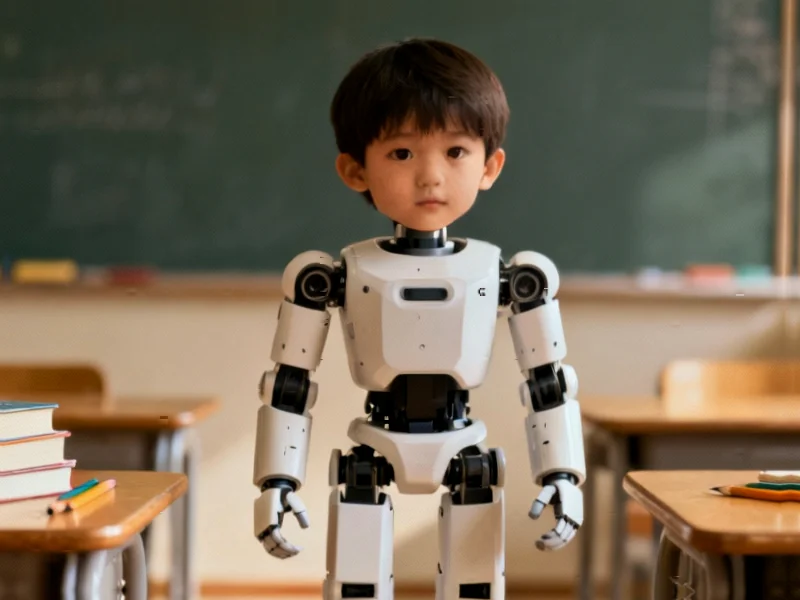According to PYMNTS.com, research from Johns Hopkins Carey Business School and MIT Sloan School of Management found people working with AI produced 60% more output than those working without it while maintaining the same quality. These workers exchanged 23% fewer messages, showing less time spent coordinating and more time completing tasks. The concept, called “cybernetic teammate,” was introduced by Harvard researchers studying how AI changes team dynamics. Procter & Gamble tested this with 776 professionals developing new product ideas and found individuals using AI performed as well as two-person teams without it. Teams that included AI actually produced the most creative results according to Harvard Business School data. The research concludes that productivity depends less on adopting AI than on reorganizing work around it.
So what actually changes?
Here’s the thing – this isn’t just about working faster. The whole dynamic of collaboration shifts. People start focusing on context, reasoning, and judgment while machines handle repetition, data, and scale. It’s moving from simple delegation to genuine partnership.
And the effects are pretty fascinating. Engineers suddenly propose more commercially viable concepts. Marketers create more technically informed solutions. The technology seems to break down barriers between creative and technical roles. Workers even report greater enthusiasm and less frustration. Basically, AI becomes the ultimate cross-functional team member.
But there’s a catch
Now, this transition is rarely smooth. The MIT Sloan Review warns about something called the “productivity paradox.” Companies that just drop AI into existing roles without redesigning workflows often see productivity actually dip before it rises. The research shows you get this J-shaped performance curve where output drops before it recovers.
Why does this happen? Because employees have to learn how to collaborate with algorithms rather than compete with them. They’re used to tools, not teammates. And when workers either distrust their AI partners or over-rely on them, performance suffers and stress goes up. Columbia University found success depends on calibrated trust – understanding both the strengths and limits of your AI partner.
The real secret sauce
So what separates the companies that succeed from those that struggle? It’s not about having better AI. It’s about rebuilding jobs around human-AI pairings. Firms that assign creative, interpretive, and computational tasks to whichever side does them best recover faster and outperform their peers.
Think about it – if one person with AI can equal two without it, headcount no longer tracks capability. A single employee can manage work that once required multiple people. But that means completely rethinking how we measure output, how we structure teams, even how we think about what “work” actually is.
The strongest results happen when firms embed human supervision into every step, ensuring speed doesn’t come at the expense of accuracy. Harvard’s research shows this isn’t about replacing humans – it’s about creating partnerships where humans remain accountable for decisions while algorithms accelerate the mechanical parts.




